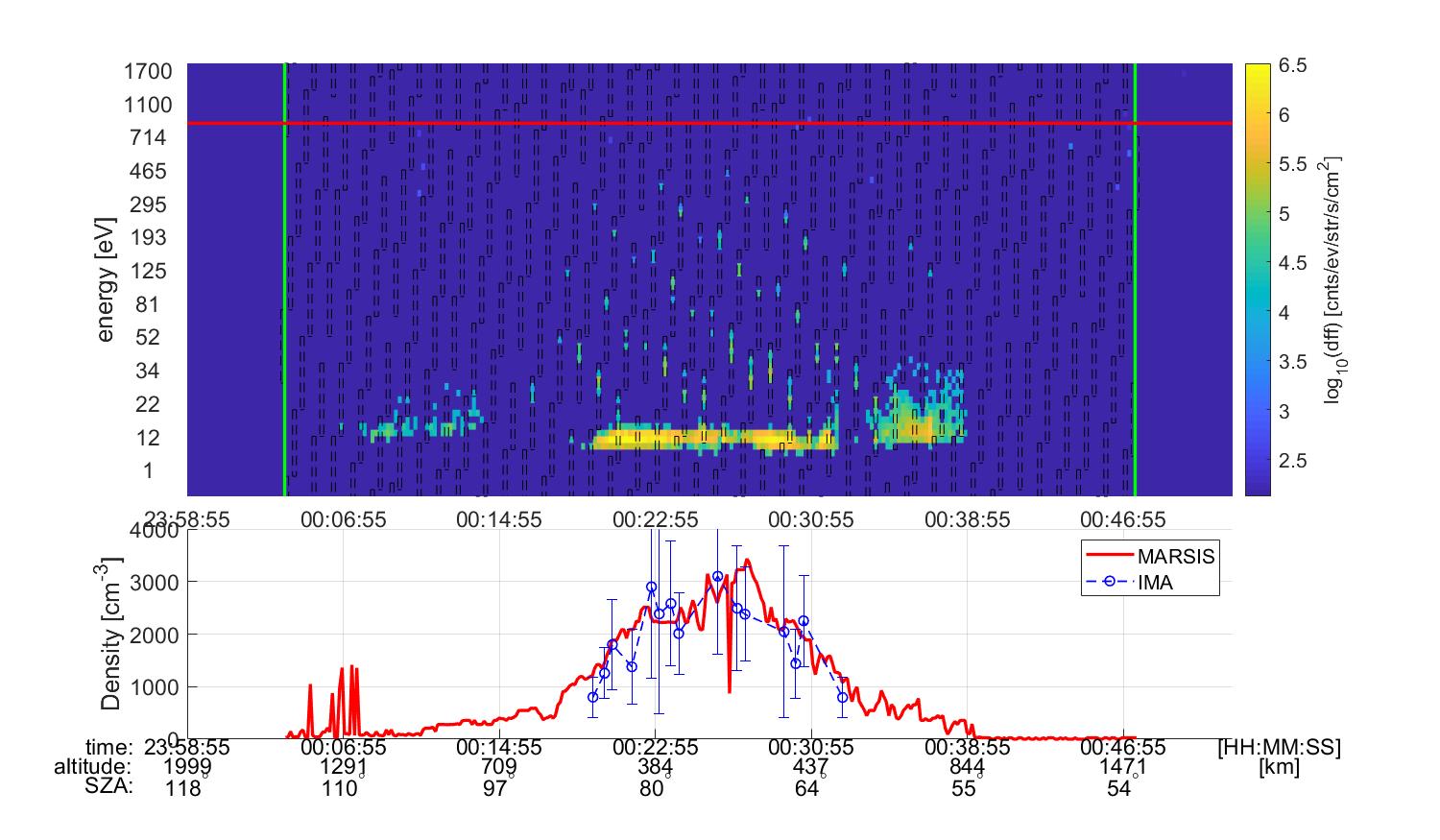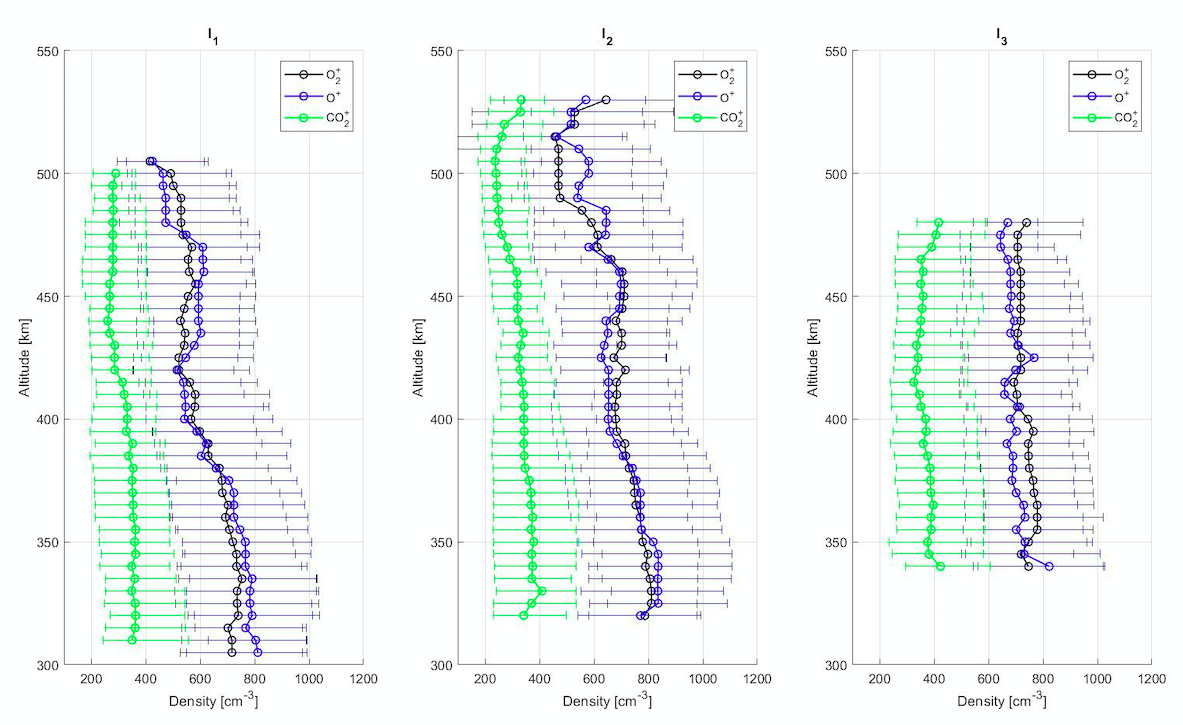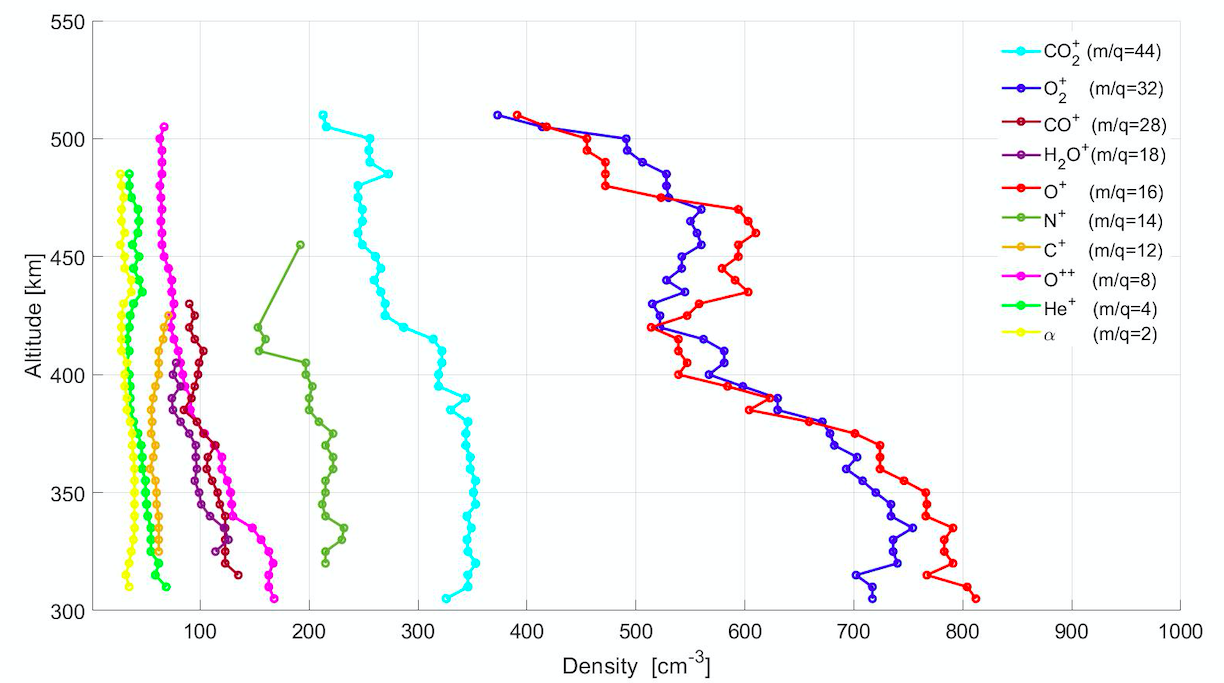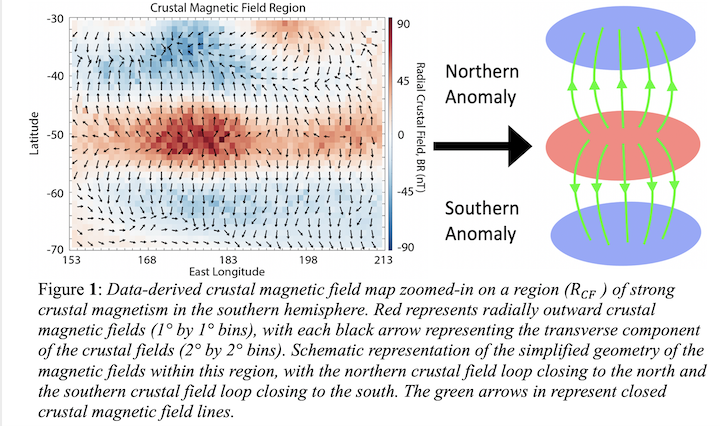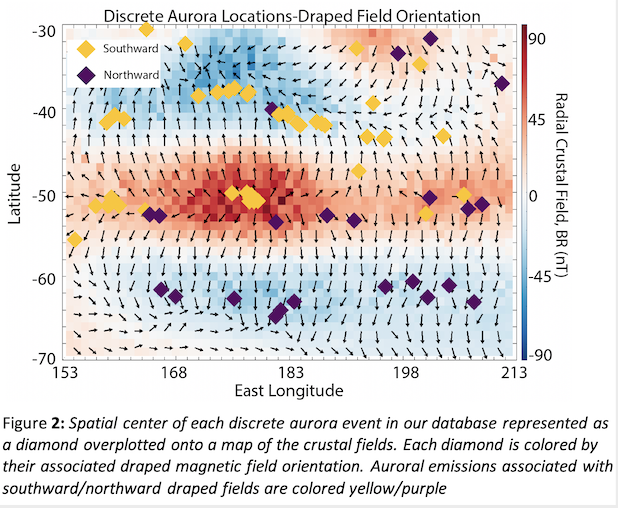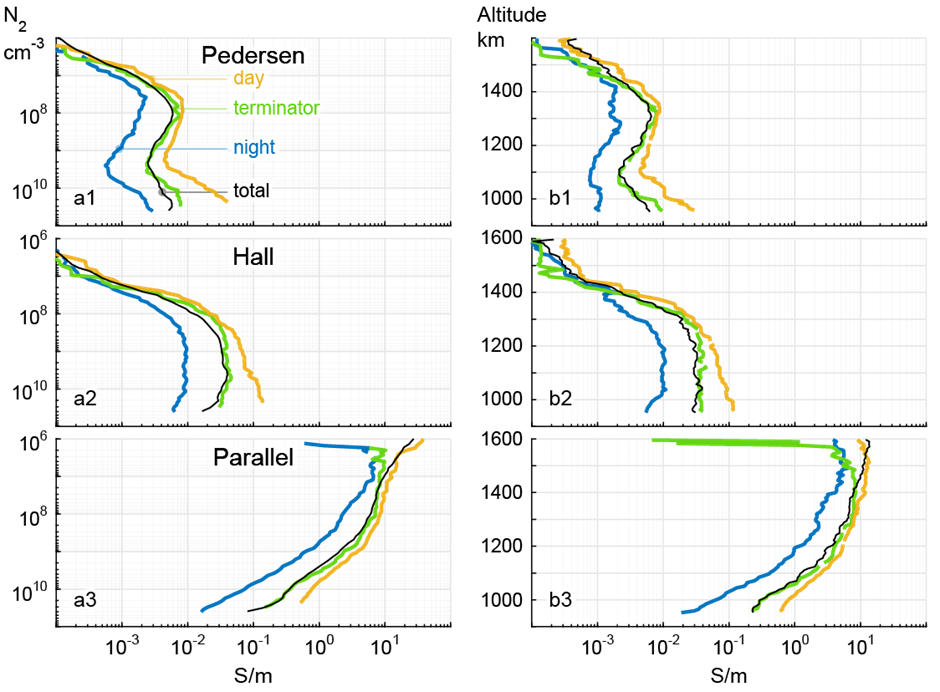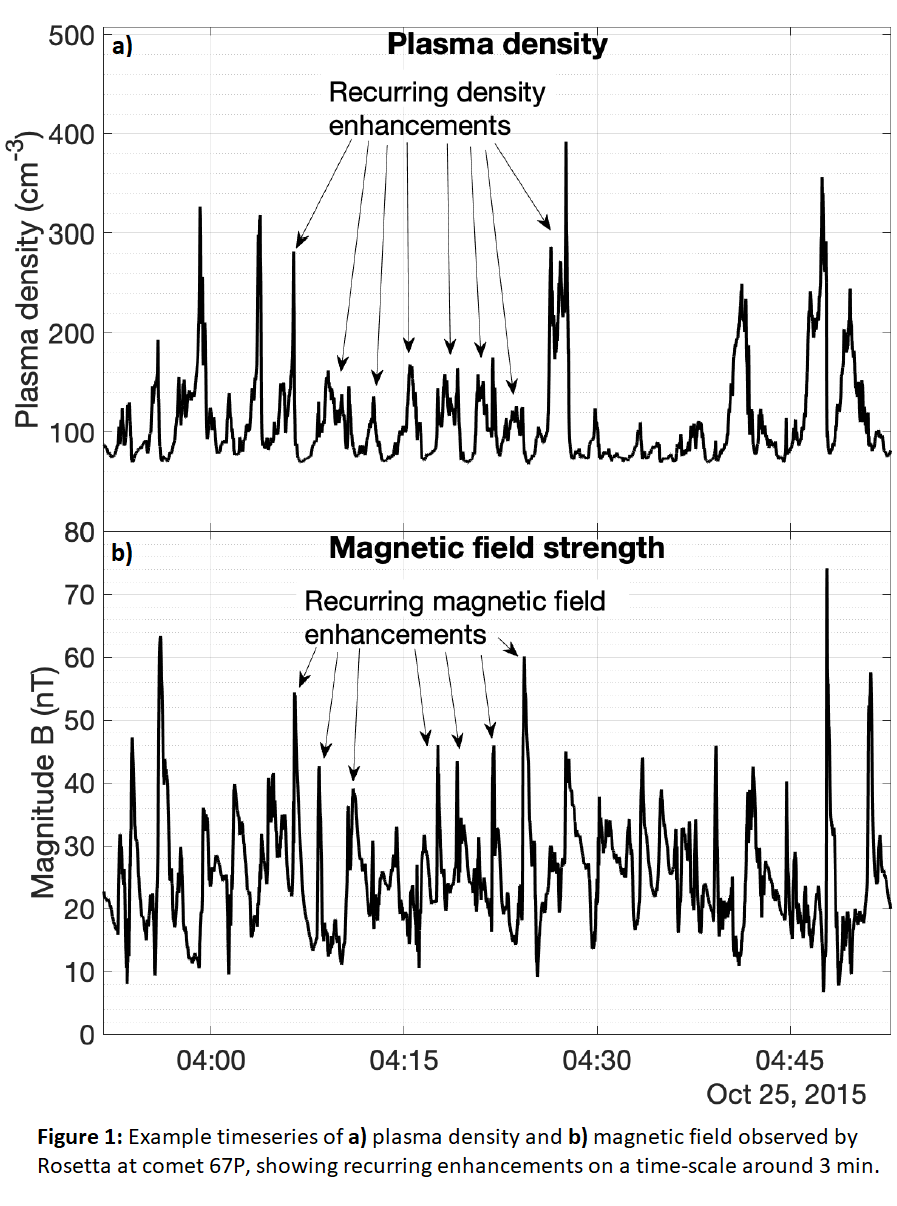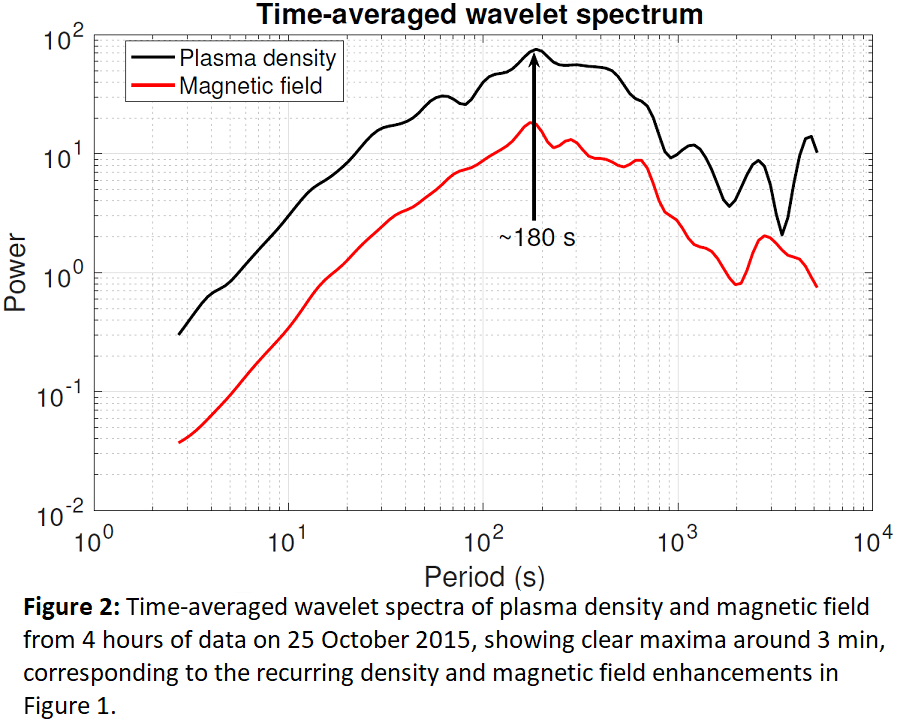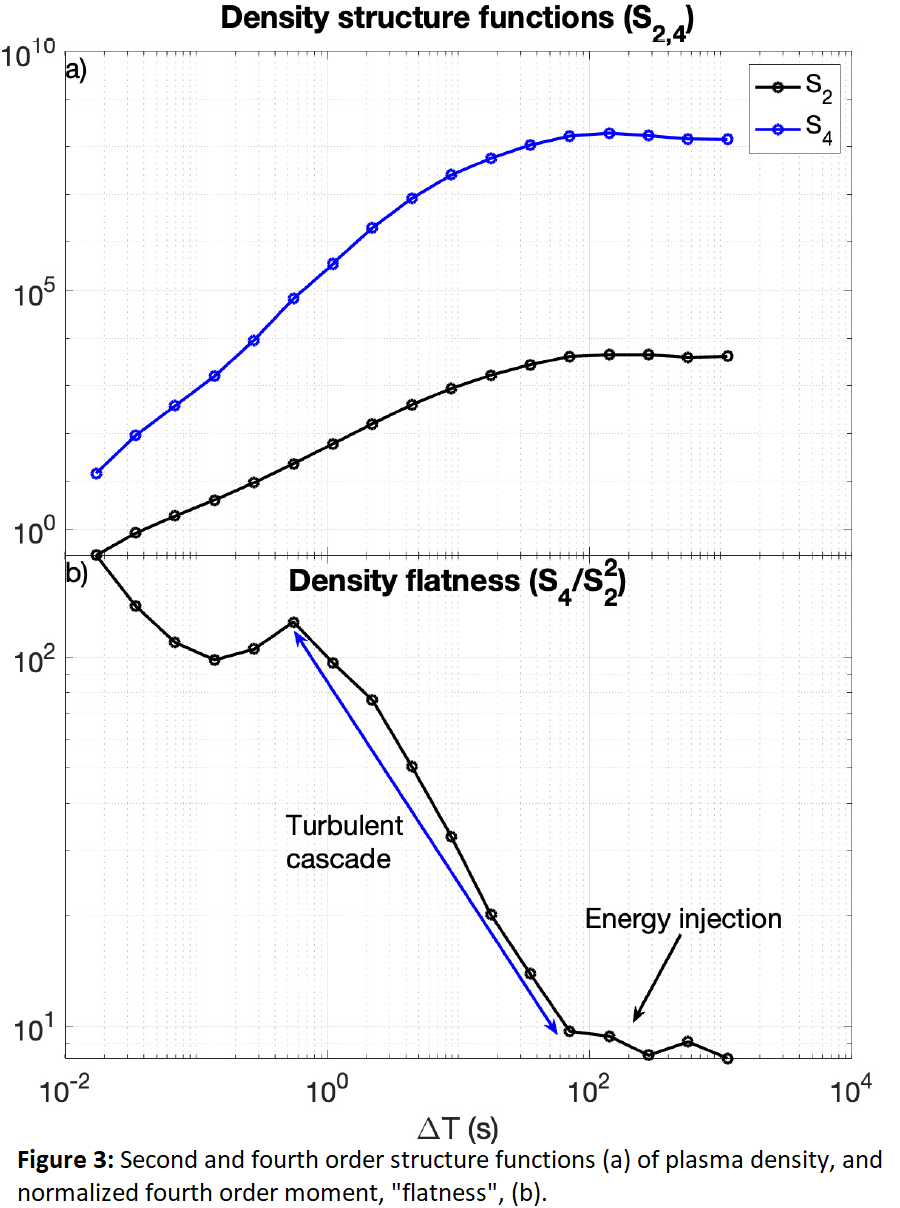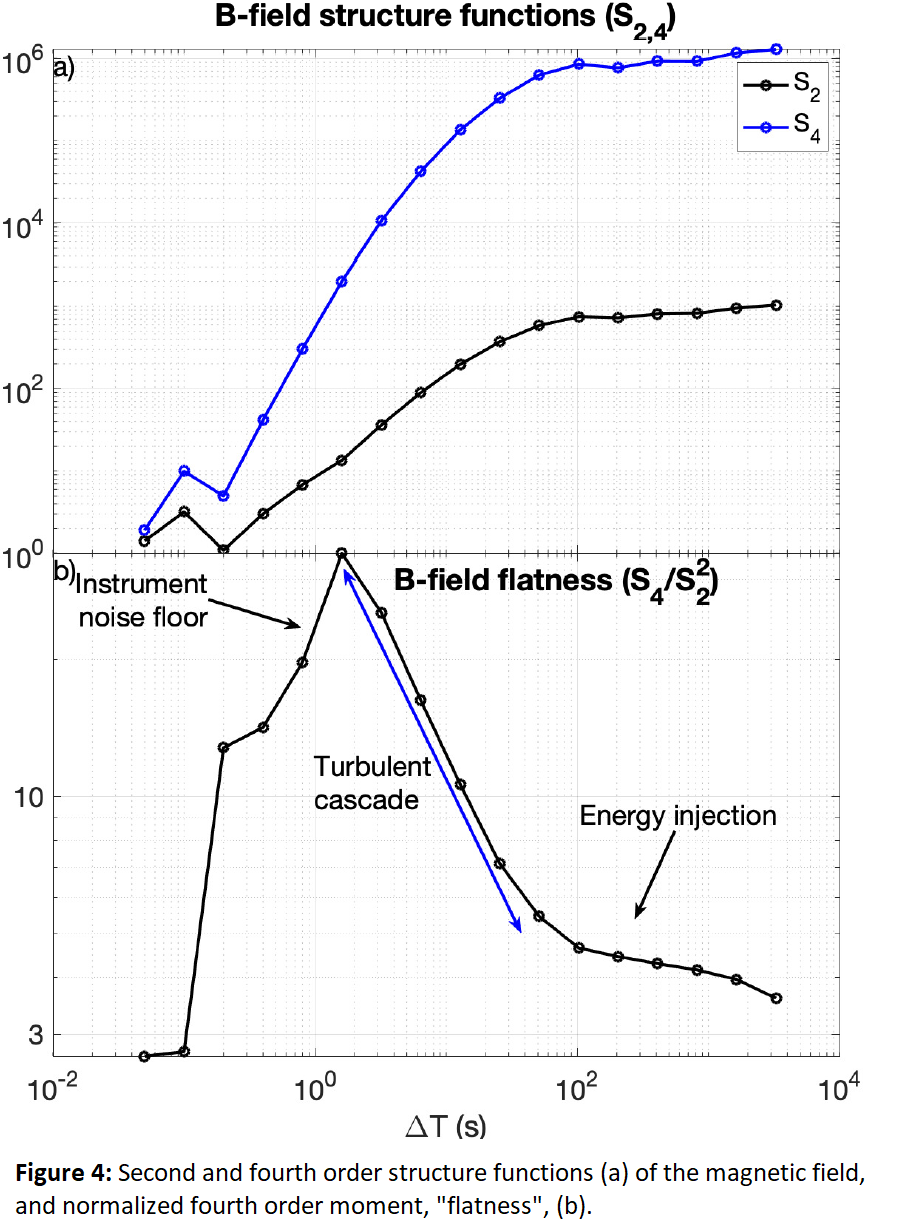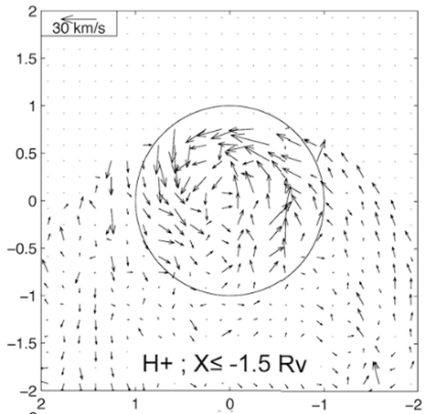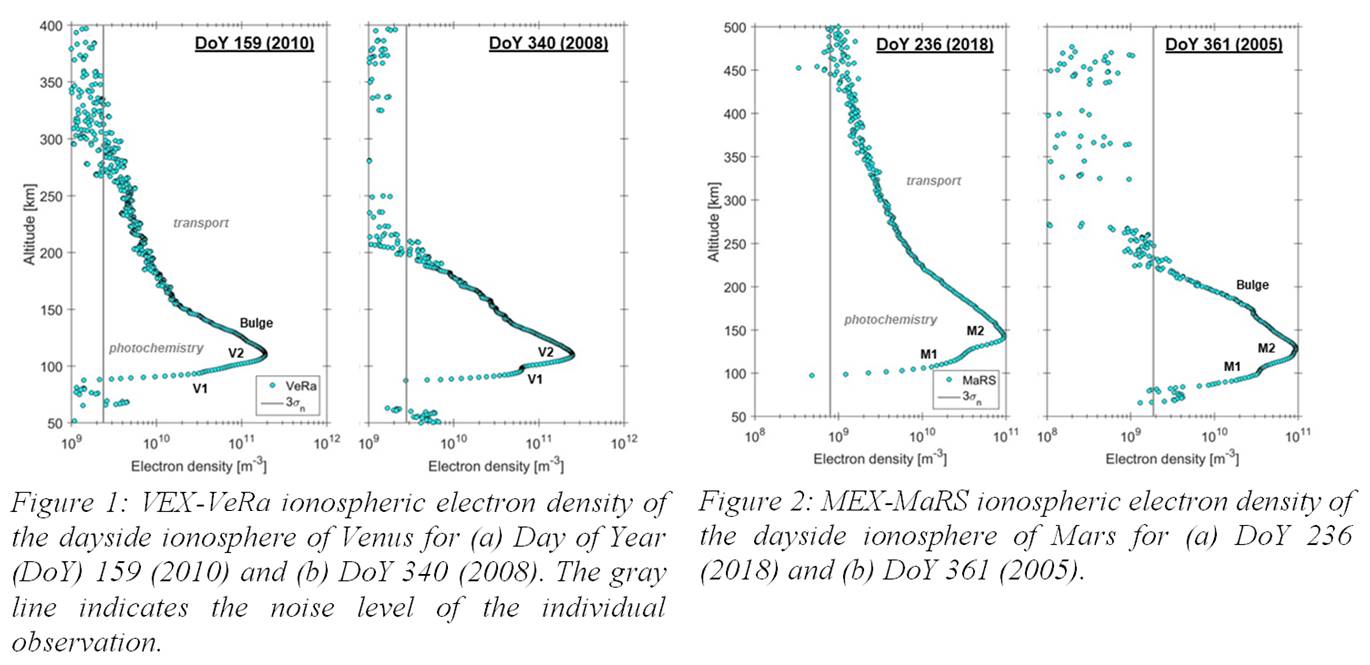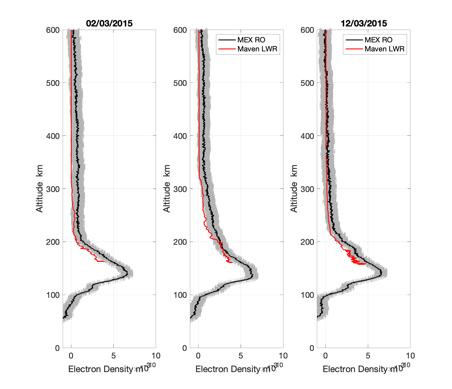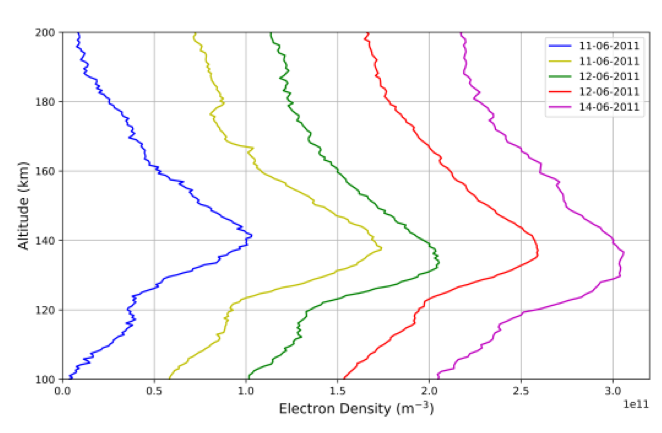TP18
Ionospheres of unmagnetized or weakly magnetized bodies
Co-organized by OPS/SB
Convener:
Beatriz Sanchez-Cano
|
Co-conveners:
Christopher Fowler,
Lina Hadid,
Valeria Mangano,
Niklas Edberg,
Francisco González-Galindo
Session assets
Discussion on Slack
Orals: Wed, 21 Sep, 12:00–18:30 | Room Machado
Chairperson: Beatriz Sanchez-Cano
12:00–12:15
|
EPSC2022-704
|
solicited
12:15–12:30
|
EPSC2022-469
|
ECP
12:30–12:45
|
EPSC2022-834
12:45–13:00
|
EPSC2022-277
|
ECP
Lunch break
Chairperson: Christopher Fowler
16:00–16:15
|
EPSC2022-654
High Time and Spatial Resolution Observations of the Topology of Mars' Crustal Magnetic Fields
(withdrawn)
16:30–16:45
|
EPSC2022-569
|
ECP
Coffee break
Chairperson: Lina Hadid
17:30–17:45
|
EPSC2022-397
|
ECP
|
solicited
|
MI
Posters: Thu, 22 Sep, 18:45–20:15 | Poster area Level 1
Chairperson: Beatriz Sanchez-Cano
L1.74
|
EPSC2022-233
|
ECP
L1.76
|
EPSC2022-670
Comparison Between Ionospheric and Surface Level Magnetic Fields at Mars
(withdrawn)
L1.77
|
EPSC2022-857
|
ECP
L1.82
|
EPSC2022-717
Features and Trends Identified in Observations at Mars and Comets
(withdrawn)


